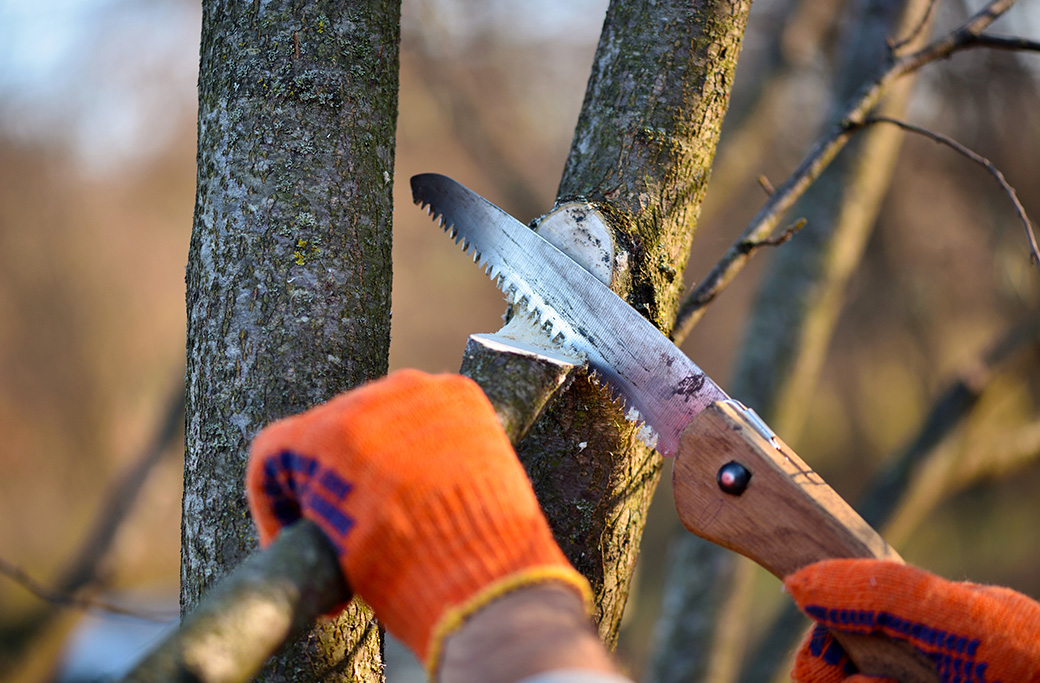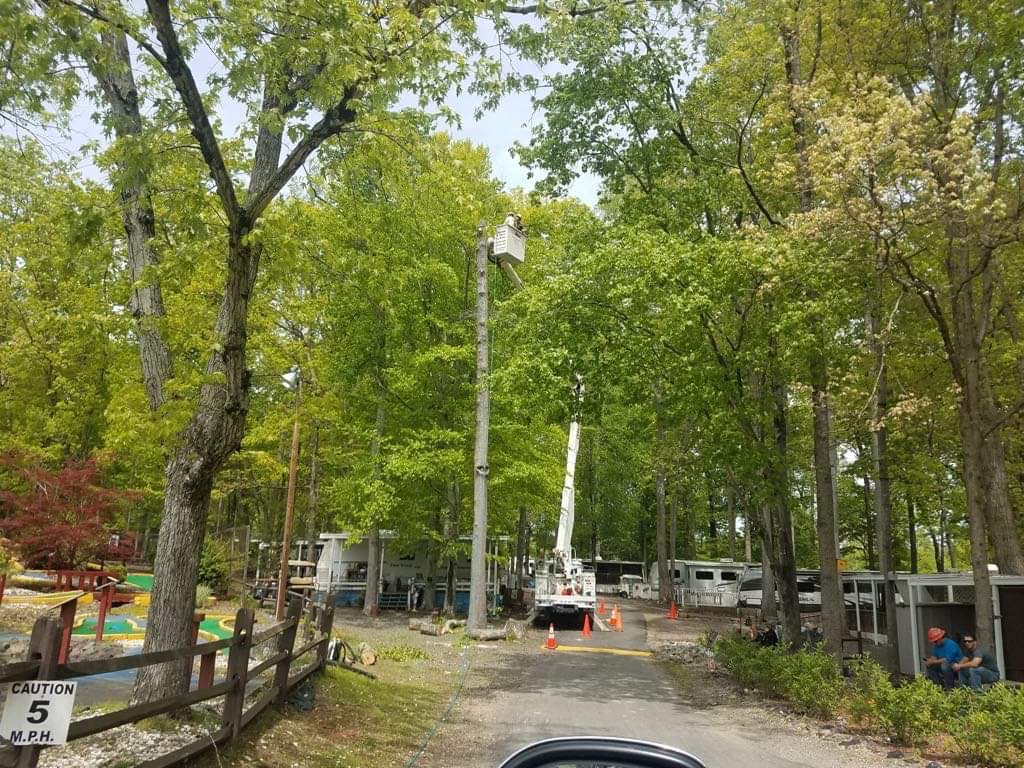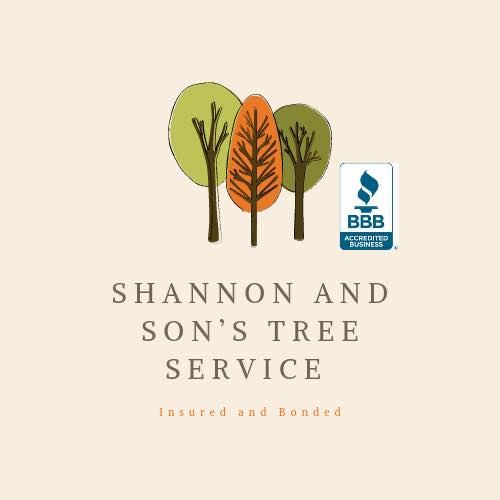Imagine a garden where every tree stands tall, healthy, and beautiful. Maintaining such a landscape goes beyond basic watering and weeding. It requires regular tree care, particularly trimming and pruning. Whether you’re a homeowner, gardener, or environmental enthusiast, knowing the right tree maintenance techniques is crucial.
Understanding Tree Trimming
Definition and Objectives
Tree trimming primarily focuses on aesthetic improvements. By removing overgrown branches, your trees maintain a neat appearance, enhancing the overall look of your property. Trimming also helps in managing tree size, ensuring that they do not interfere with power lines or structures.
Methods Used
When it comes to trimming, professional arborists use various tools like shears, pruners, and saws. The goal is to remove excess growth without harming the tree. This requires precision and skill, as improper trimming can lead to tree damage.
Frequency of Trimming
Trimming is typically done annually or biannually. However, it depends on the tree species and growth rate. Regular trimming ensures that your trees remain healthy and visually appealing.
Art of Tree Pruning
Pruning Explained
Pruning, on the other hand, focuses on the tree’s health and structural integrity. It involves removing dead, diseased, or damaged branches to prevent the spread of decay and promote healthy growth.
Techniques Involved
Pruning requires a more careful approach than trimming. Arborists use techniques like thinning, raising, and reduction to manage tree health. Each cut is made strategically to encourage new growth and improve the tree’s overall structure.
Optimal Pruning Schedule
Pruning is usually done during the dormant season, typically late winter to early spring. This timing helps minimize stress on the tree and reduces the risk of disease.
Benefits of Tree Trimming
Enhancing Tree Appearance
Regular trimming keeps your trees looking their best. It removes unwanted growth, ensuring that each tree complements your garden’s design.
Promoting Safety
Overgrown branches can pose safety risks, especially during storms. Trimming reduces the likelihood of falling branches, keeping your property and loved ones safe.
Boosting Tree Health
While trimming focuses more on aesthetics, it still contributes to tree health by allowing better air circulation and sunlight penetration.
Advantages of Tree Pruning
Disease Prevention
Pruning removes diseased or damaged branches, preventing the spread of pathogens. This practice is essential for maintaining the health of your trees.
Encouraging Growth
By strategically cutting back branches, pruning stimulates new growth. This helps trees develop a strong, healthy structure.
Enhancing Fruit Production
For fruit-bearing trees, pruning is vital. It improves air circulation and sunlight exposure, leading to better fruit quality and yield.
When to Trim or Prune
Identifying the Right Time
Knowing when to trim or prune is crucial for effective tree care. For most trees, trimming is best done in late spring or early summer, while pruning should be carried out in late winter or early spring.
Signs Your Tree Needs Attention
Look for indications like overgrown branches, dead or diseased limbs, and uneven growth patterns. These signs suggest it’s time for some professional care.
DIY or Professional Help?
While minor trimming can be a DIY task, pruning often requires professional expertise. For complex jobs, hiring a certified arborist ensures the health and safety of your trees.
Sustainable Tree Care Practices
Environmental Responsibility
Sustainable tree care is essential for preserving our environment. Practices like proper disposal of trimmed branches and using eco-friendly treatments minimize your ecological footprint.
Benefits of Trees to Ecosystems
Trees play a vital role in local ecosystems, providing habitat, improving air quality, and conserving soil. Proper care ensures they continue to offer these benefits.
Community Impact
Healthy trees contribute to community well-being. They enhance property values, reduce energy costs, and provide recreational spaces.
Difference Between Trimming and Pruning
Tree trimming and pruning are vital practices for maintaining the health, appearance, and safety of your trees. Understanding their differences and benefits allows you to make informed decisions about your tree care routine.
For homeowners, gardeners, and environmental enthusiasts, proper tree maintenance is an investment in your property’s beauty and ecological health. If you need professional help, Shannon & Sons Tree Service is here to provide expert care and ensure your trees thrive.
Reach out to us today and take the first step towards a healthier, more beautiful garden.



